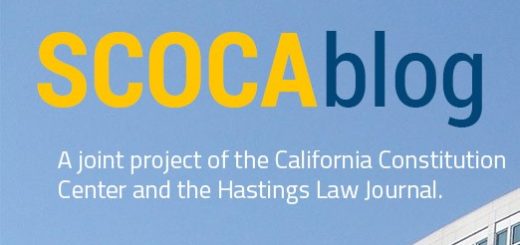Legislature v. Weber is about power
Overview The California Supreme Court’s decision in Legislature v. Weber (S281977) is about power, in three ways: the scope of the initiative’s ability to alter branch powers, the distribution of power among the branches and the judiciary’s role in maintaining that balance, and how the amendment–revision analysis now incorporates what we would view as core powers questions. In this article we explain why the court’s decision to invalidate the Taxpayer Protection Act is best viewed through the core powers lens because the court first identified a core power, found that it was materially impaired or defeated, and employed the judiciary’s...




